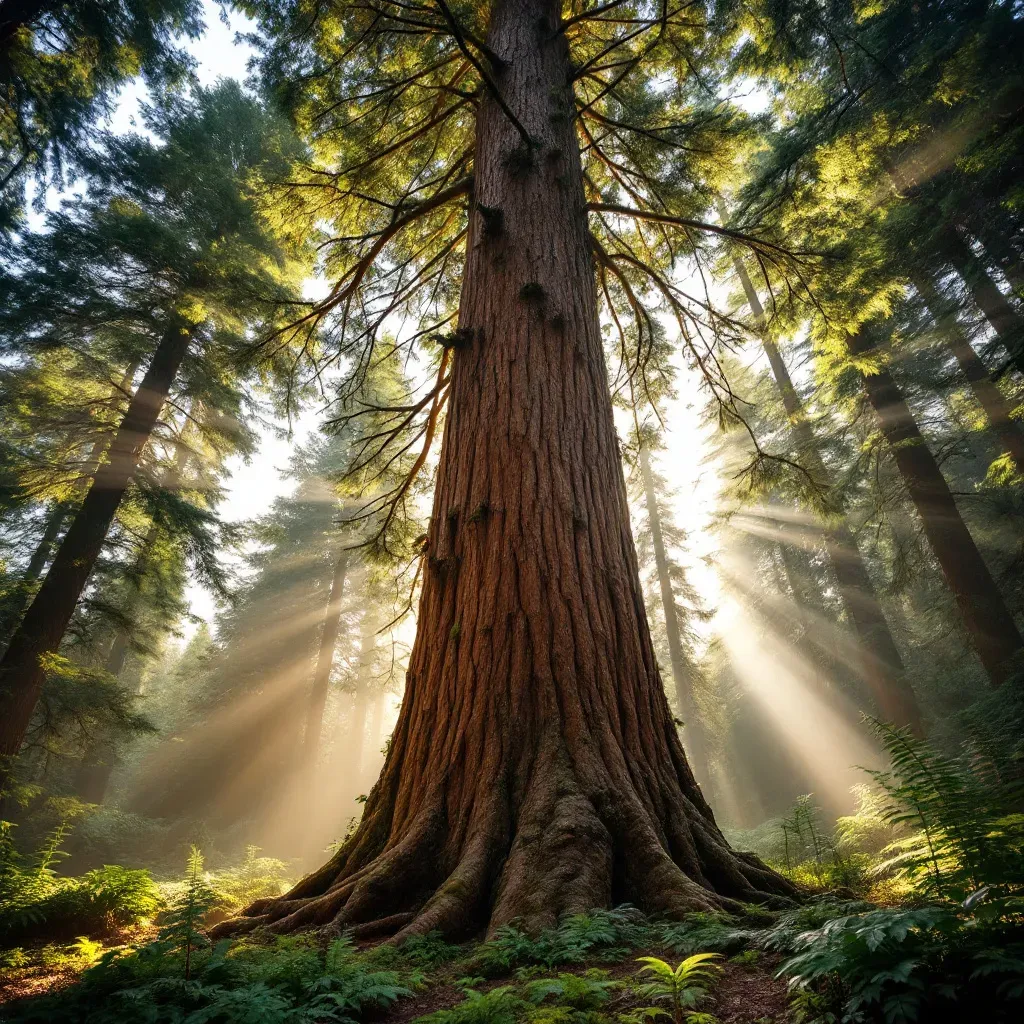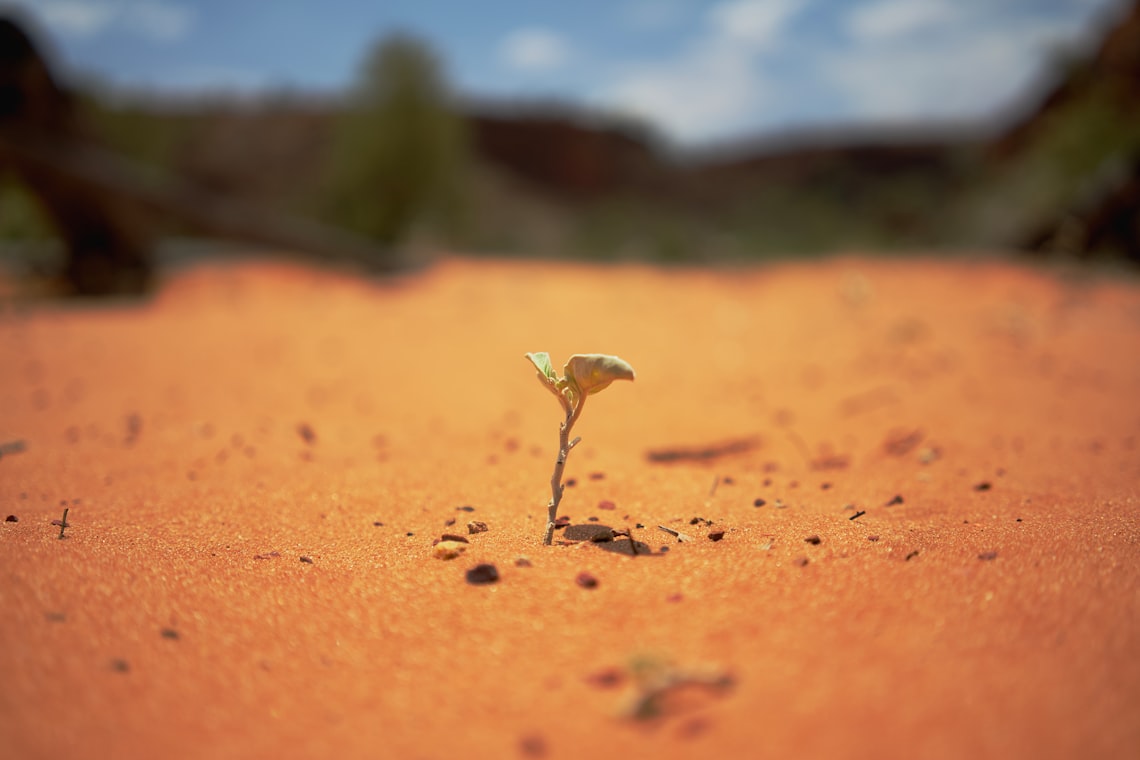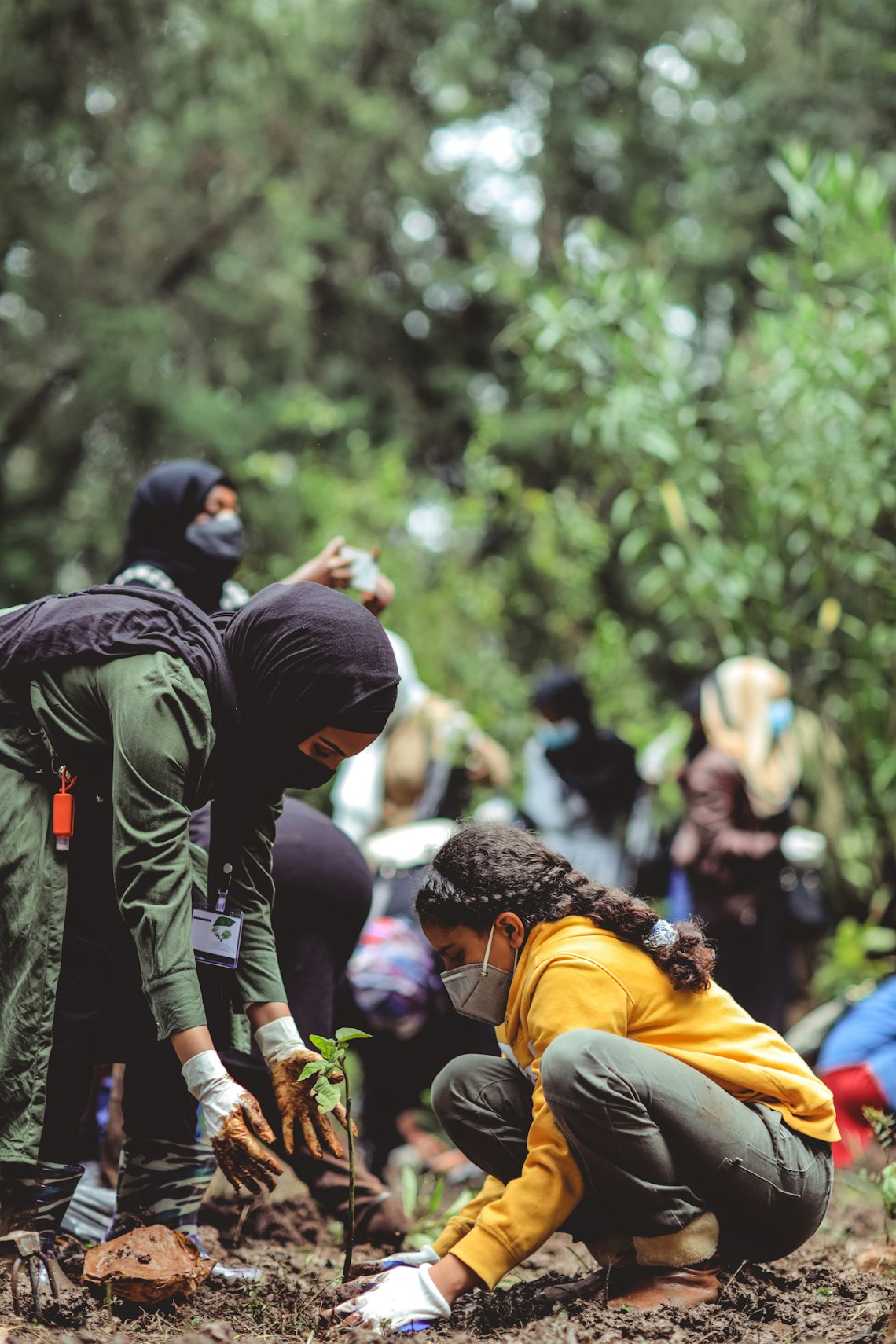The Douglas fir is an integral component of the Pacific Northwest ecosystem, playing a critical role in reforestation efforts. Known for its strength and versatility, this tree species supports both the environment and the timber industry, while protecting the biodiversity of old growth forests.
The Significance of Douglas Fir in the Pacific Northwest
The Pacific Northwest is renowned for its lush landscapes and extensive forests, where the Douglas fir stands out as a prominent species. It thrives in the temperate climate, making it a natural choice for reforestation initiatives geared towards restoring and maintaining forest health.
Ecological Benefits of Douglas Fir
Douglas firs contribute significantly to ecological stability. These towering trees:
- Provide habitat and shelter for various wildlife species.
- Enhance soil quality through nutrient cycling.
- Reduce erosion and promote water quality by stabilizing soil with their deep root systems.
Douglas Fir and Reforestation
Reforestation using Douglas fir is a strategic response to deforestation and habitat loss. Replanting efforts focus on restoring areas affected by logging or natural disasters, ensuring that forests continue to support biodiversity and climate regulation.
Challenges and Solutions
Despite its adaptability, reforestation with Douglas fir faces challenges such as pests, diseases, and climate change. Researchers and forest managers are employing advanced silviculture techniques and genetic selection to enhance tree resilience and adaptability.
Impact on the Timber Industry
The Douglas fir is a cornerstone of the timber industry in the Pacific Northwest. Its wood is highly valued for construction due to its strength and durability. Sustainable harvesting practices ensure that the timber industry can thrive without compromising the integrity of old growth forests, which are vital for environmental balance.
Efforts to incorporate responsible practices in logging and replanting are critical to maintaining the delicate balance between industrial demand and forest conservation. This ensures that the economic benefits of the timber industry do not come at the expense of ecological health.
Preserving Old Growth Forests
Old growth forests hold rich biodiversity and serve as carbon sinks, playing a vital role in combating climate change. Protecting these forests while encouraging reforestation with Douglas firs leads to sustainable practices that honor both economic interests and environmental stewardship.
Conclusion
In the Pacific Northwest, the Douglas fir is more than just a tree; it is a symbol of resilience and regeneration. Through targeted reforestation efforts, this species bolsters the environment and supports a thriving timber industry, all while ensuring the longevity of precious old growth forests. To explore more about sustainable forestry practices and the role of various tree species in reforestation, consider examining detailed guides on forestry management and conservation strategies.




